Maintaining a tankless water heater is crucial for ensuring its longevity and efficiency. Flushing the system regularly can prevent scale buildup and other issues that may affect performance. This article will explore the maintenance needs of tankless water heaters, provide a guide to flushing them, discuss the choice between professional servicing and DIY, and offer tips for extending the life of your water heater. We will also address troubleshooting common issues that may arise after flushing.
Key Takeaways
- Regular flushing of a tankless water heater is essential to prevent scale buildup and maintain efficiency, with the frequency depending on water hardness.
- Flushing a tankless water heater involves preparation, execution of the flushing process, and post-flush procedures, which can be done DIY or by professionals.
- Consistent care through regular flushing can extend the life of your tankless water heater and prevent common post-flushing issues like residual scale deposits and water temperature fluctuations.
Understanding the Maintenance Needs of Tankless Water Heaters
Recognizing the Signs of Scale Buildup
Scale buildup is a common issue in tankless water heaters, particularly in areas with hard water. The presence of excess minerals can lead to a range of problems that, if left unchecked, may affect the efficiency and longevity of your unit. Here are some telltale signs that your tankless water heater might be suffering from scale buildup:
- A noticeable decrease in water flow or pressure.
- Unusual sounds, such as popping or whining, coming from the heater.
- The necessity for increasingly frequent resets and maintenance.
- Visible signs of mineral deposits on fixtures or in the water.
If you observe any of these symptoms, it's crucial to consider a flush of your system. Regular maintenance can prevent the hard water minerals from forming scale, which can clog and corrode the internal components of your heater. Early detection and action can save you from costly repairs and ensure that your tankless water heater operates at its best.
The Role of Water Hardness in Maintenance Frequency
The frequency with which you need to flush your tankless water heater is greatly influenced by the water hardness in your area. Hard water contains high levels of minerals like calcium and magnesium, which can lead to quicker scale buildup within the system.
To determine the hardness of your water, you can use a water testing kit or consult with your local water utility. Based on the hardness level, you can establish a more tailored maintenance schedule:
- Soft water areas may require less frequent flushing, perhaps once every 1-2 years.
- Moderate hardness often calls for semi-annual flushing.
- In areas with very hard water, flushing might be needed as often as every 4 months.
Remember, adhering to a maintenance schedule that accounts for water hardness can help prevent the premature wear of your tankless water heater and ensure its efficient operation.
Step-by-Step Guide to Flushing Your Tankless Water Heater
Preparing for the Flush
Before you begin the flushing process of your tankless water heater, it's essential to gather all necessary supplies and understand the steps involved. Start by ensuring that you have the following items on hand:
- A submersible pump
- A five-gallon bucket
- Uninterrupted non-toxic descaling solution
- A pair of rubber gloves
- Safety goggles
Once you have your supplies ready, turn off the power to the water heater. For electric models, this will involve switching off the circuit breaker. If you have a gas model, turn the gas valve to the 'off' position. Next, shut off the three water valves attached to your unit: the cold water inlet, hot water outlet, and the main gas line or electricity. This will prevent water from flowing into the unit while you are working on it.
It's also important to disconnect the purge port valve caps slowly to release any pressure within the water lines. Remember to place a bucket underneath to catch any residual water that may drip out. With these preliminary steps completed, you're now ready to proceed with the actual flushing of your tankless water heater.
Executing the Flushing Process
Once you have your tankless water heater prepared for flushing, it's time to execute the process. Begin by turning off the power supply to ensure safety. Then, connect a hose to the service valve and use a submersible pump to circulate the descaling solution through the system. This solution will help dissolve and remove the scale buildup.
- Turn off the power supply to the heater.
- Connect hoses to both the hot and cold service valves.
- Pour the descaling solution into a bucket and submerge the pump.
- Open the service valves and turn on the pump to circulate the solution.
Allow the solution to circulate for at least 45 minutes to an hour to ensure all scale is effectively removed. During this time, you can check the hoses and connections for any leaks or issues. Once the flushing is complete, it's crucial to thoroughly rinse the system with clean water to remove any residual descaling solution. This step is essential to prevent any potential damage to the water heater from the acidic solution.
Post-Flush Procedures
Once the flushing of your tankless water heater is complete, it's important to follow proper post-flush procedures to ensure the system is fully operational and to extend its lifespan. Begin by carefully closing the service valves and disconnecting the hoses used for flushing. Turn the power back on and check for any leaks around the service valves.
Next, reopen the main water supply valve to allow the tankless water heater to fill with water. It's crucial to purge the air from the system to prevent damage. You can do this by opening all hot water taps in your home until the water flows smoothly without any sputtering, indicating that the air has been expelled.
Finally, monitor the water heater's performance over the next few days. Look for consistent water temperature and flow. If you notice any irregularities, such as fluctuating temperatures or reduced water pressure, it may be necessary to conduct further maintenance or consult a professional. Regularly performing these post-flush procedures will help maintain the efficiency and longevity of your tankless water heater.
Professional Maintenance Versus DIY: Making the Right Choice
When to Call a Professional
While many homeowners are comfortable with performing routine maintenance, there are certain situations where it's best to call in a professional. If you encounter complex issues or if the task seems beyond your skill level, seeking professional help can ensure the job is done safely and effectively.
- Complex issues : If you're experiencing persistent problems that a simple flush doesn't resolve, it might indicate a deeper issue within the system.
- Skill level : Tankless water heater flushing can involve dealing with electrical components and gas lines, which can be hazardous if not handled correctly.
- Warranty concerns : Some manufacturers require professional servicing to maintain the warranty. Check your owner's manual to see if this applies to your unit.
Remember, a professional has the tools, expertise, and experience to diagnose and fix problems that might not be obvious to the average homeowner. This can save time, prevent further damage, and ultimately ensure the longevity of your tankless water heater.
Benefits of Regular Professional Servicing
Regular professional servicing of your tankless water heater offers numerous advantages that can contribute to the system's efficiency and longevity. One of the primary benefits is the expertise that professionals bring to the table. They have the tools and knowledge to detect issues that may not be apparent to the average homeowner.
- Thorough Inspection : A professional can conduct a comprehensive examination of your heater, identifying potential problems before they escalate.
- Safety : Professionals are trained to handle the equipment safely, reducing the risk of accidents or damage.
- Warranty Preservation : Regular servicing by a certified technician may be required to maintain your heater's warranty.
Additionally, professional servicing can improve the unit's performance, ensuring that it operates at peak efficiency. This can lead to energy savings and a reduction in utility bills over time. Lastly, the peace of mind that comes with knowing your heater is in good hands cannot be underestimated, allowing you to enjoy uninterrupted hot water without the worry of unexpected breakdowns.
DIY Flushing: Pros and Cons
Flushing your tankless water heater on your own can be both rewarding and economical. One of the main advantages is cost savings, as you avoid the fees associated with hiring a professional. Additionally, DIY flushing allows for immediate attention to your system, without the need to schedule a service call.
However, there are also drawbacks to consider. The process requires a certain level of technical skill and understanding of your water heater's operation. There's also the risk of potentially voiding your warranty or causing damage if the procedure is not executed correctly. Here's a quick rundown of the pros and cons:
-
Pros :
- Cost-effective
- No waiting for professional availability
- Personal control over maintenance schedule
-
Cons:
- Risk of damaging the unit
- Potential to void warranty
- Requires technical knowledge and confidence
In conclusion, while DIY flushing can be a good option for the handy homeowner, it's important to weigh these factors carefully. If you're not comfortable with the process, or if your system is still under warranty, it might be wiser to opt for professional servicing.
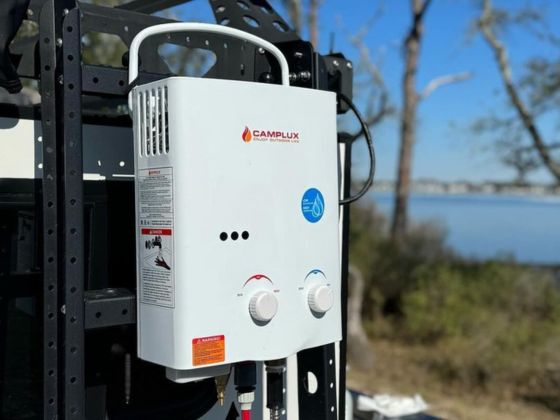
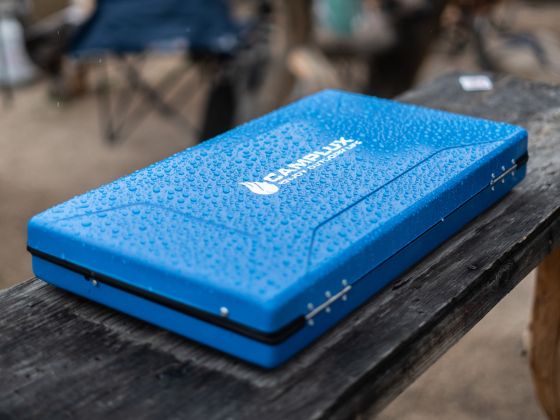


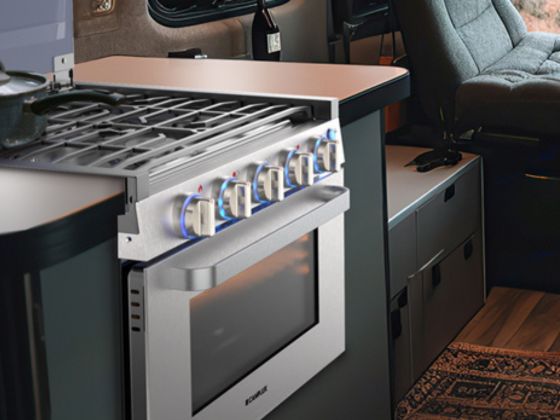
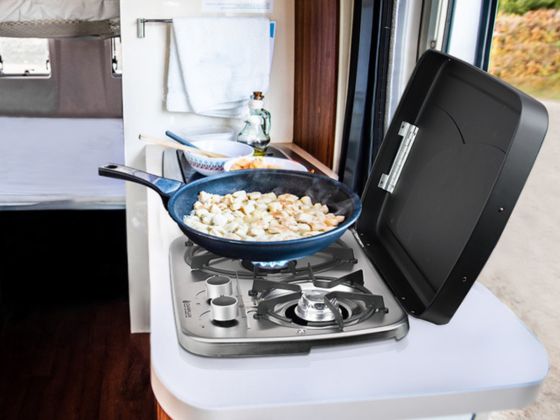
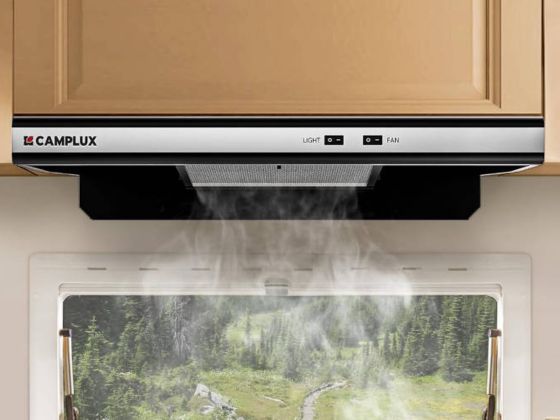
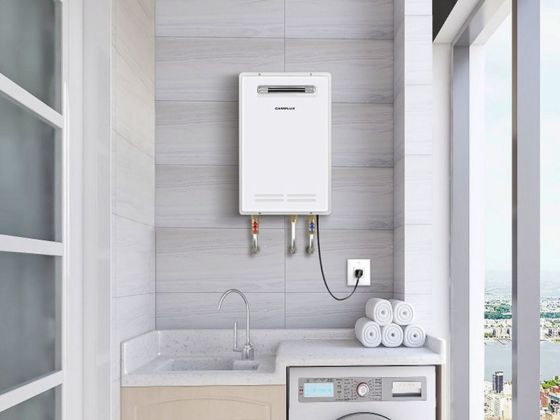
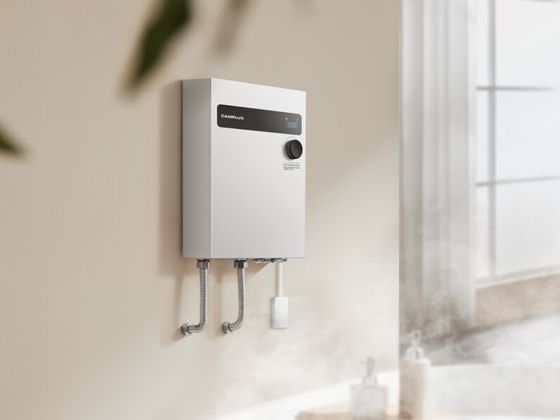
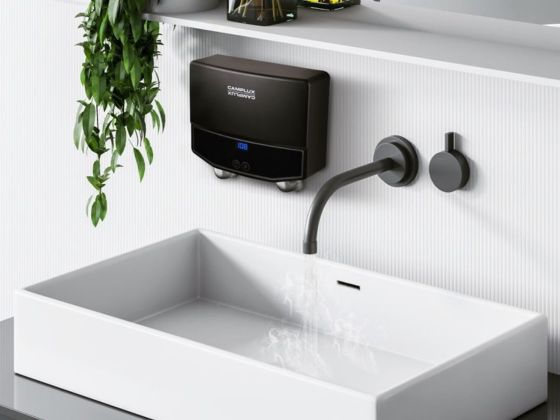




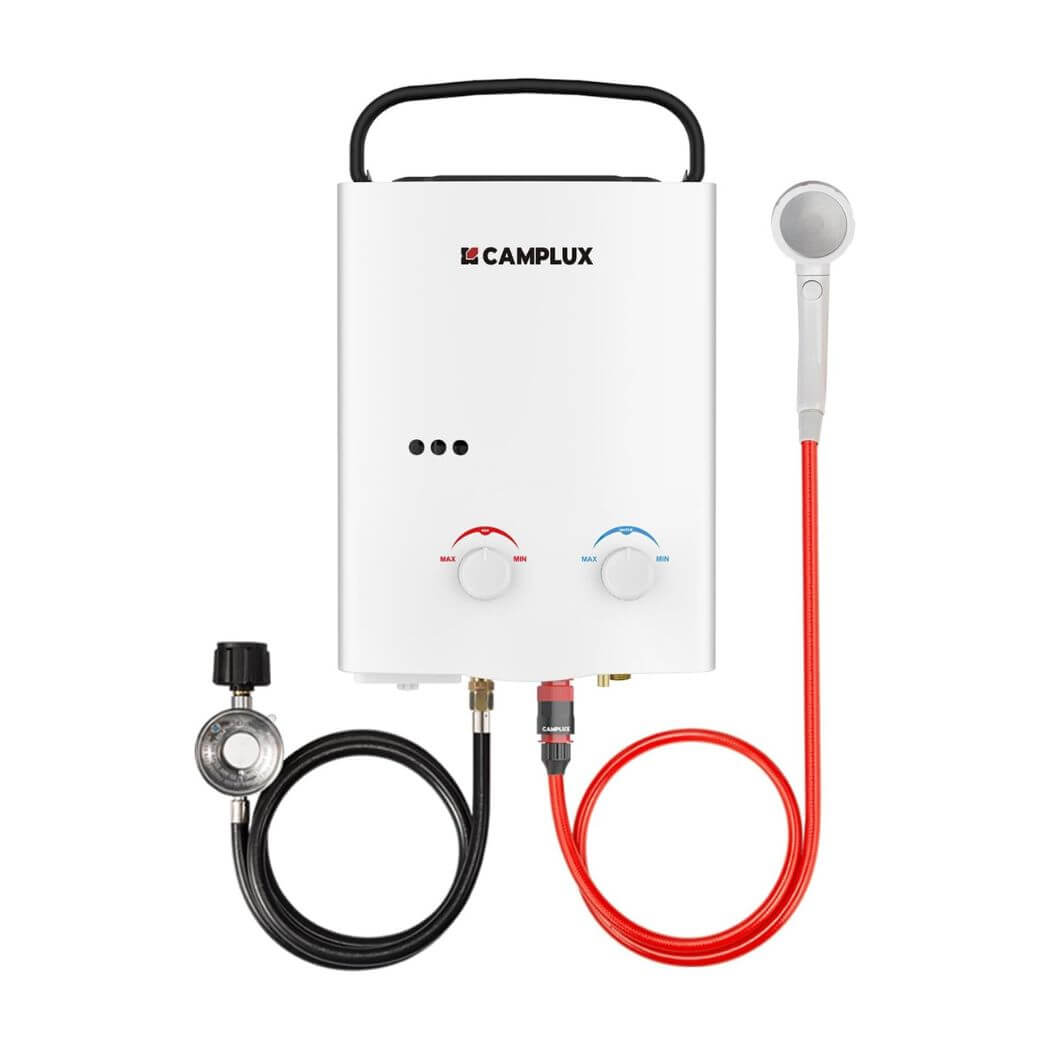
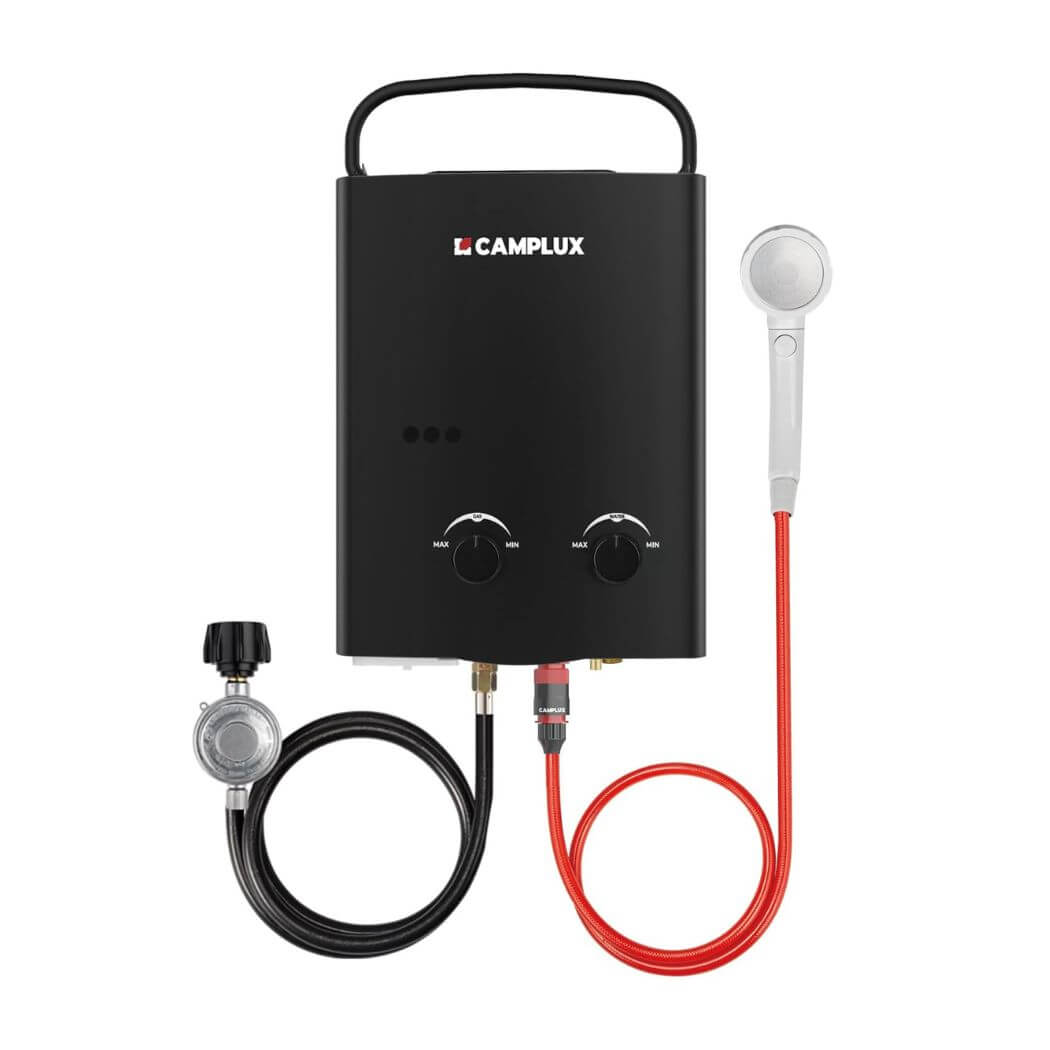
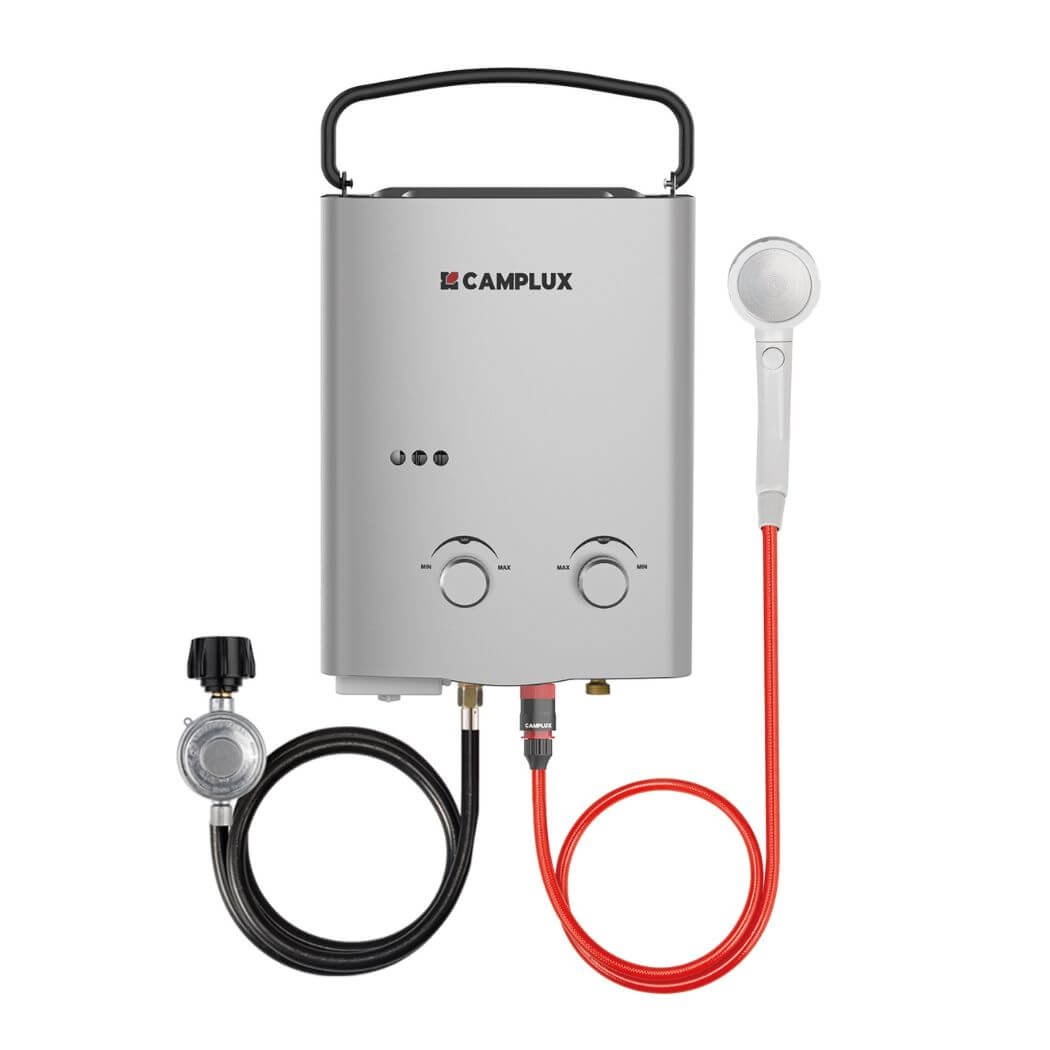

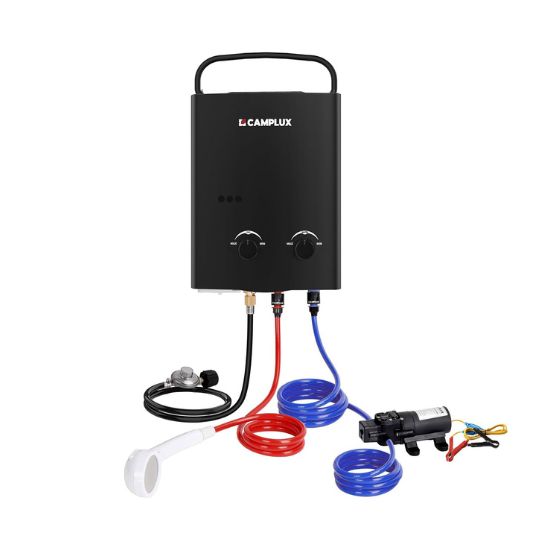
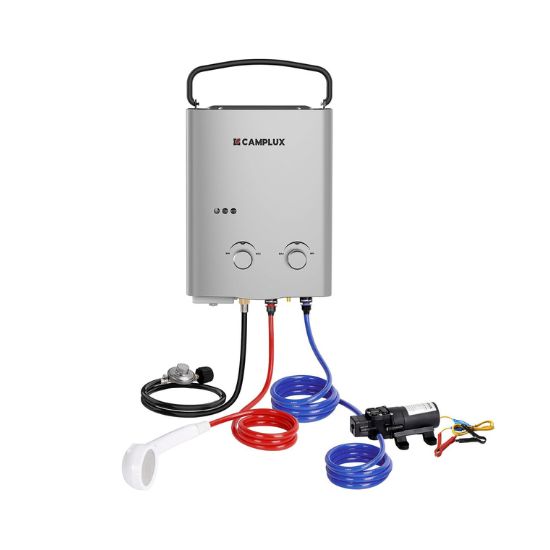
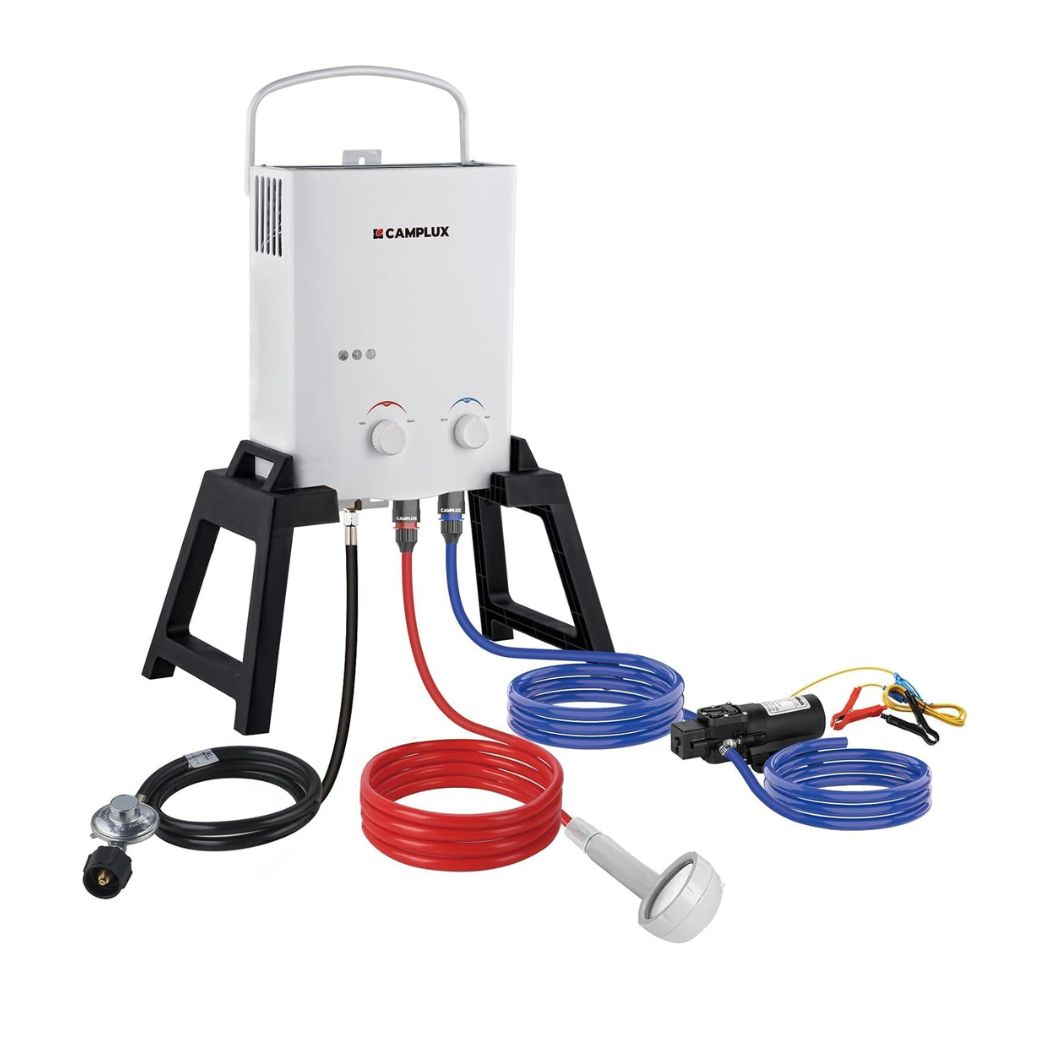
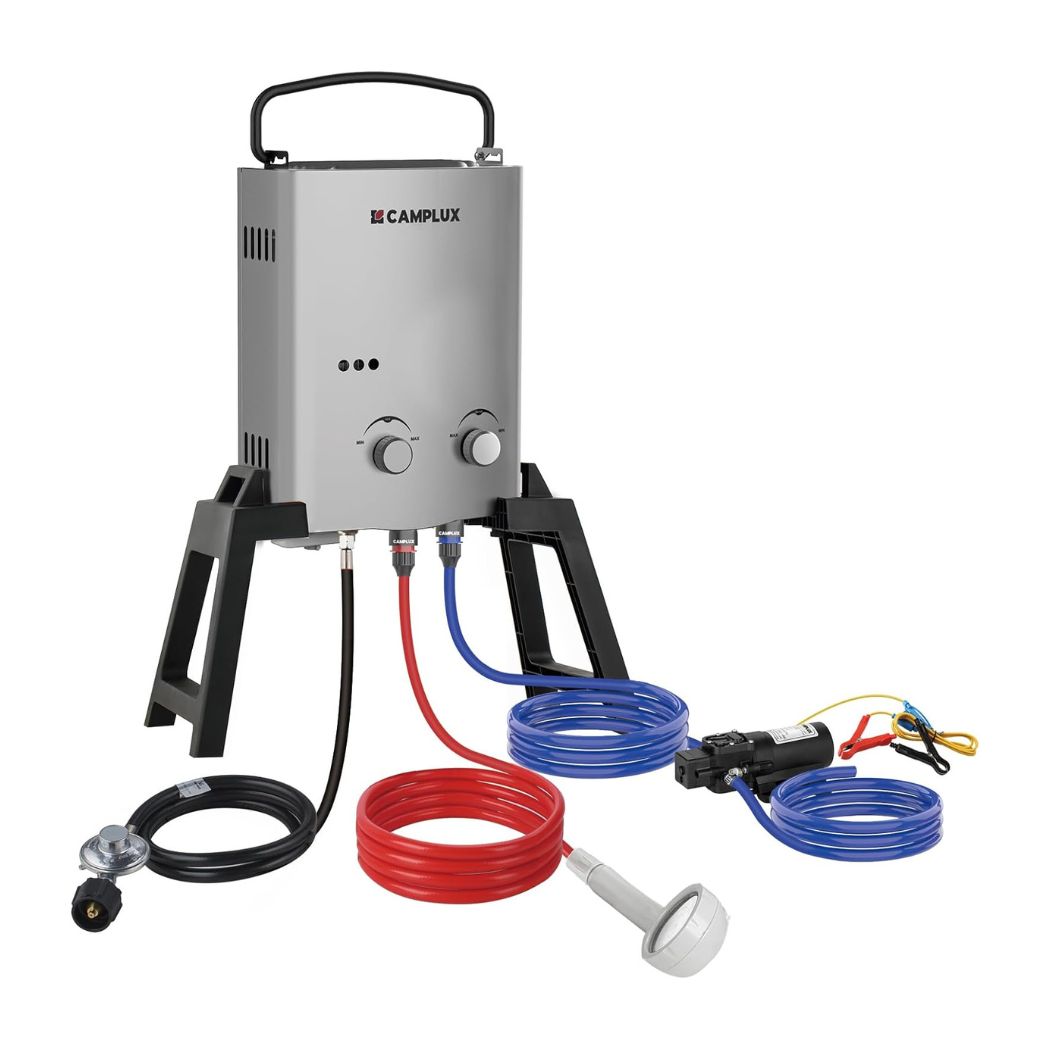
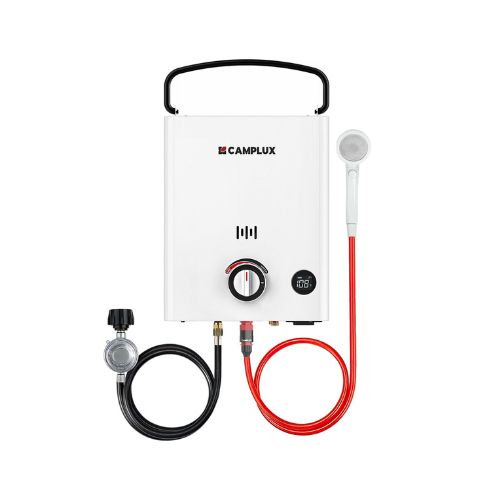
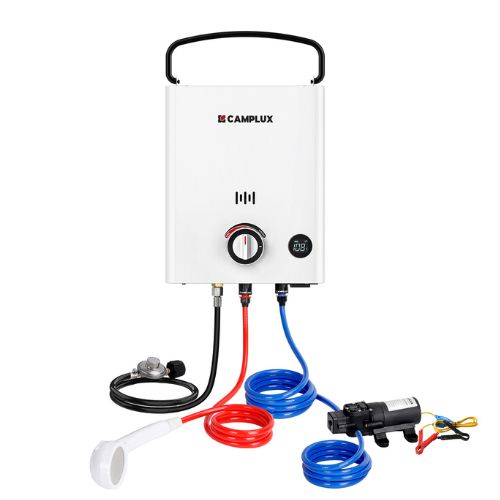


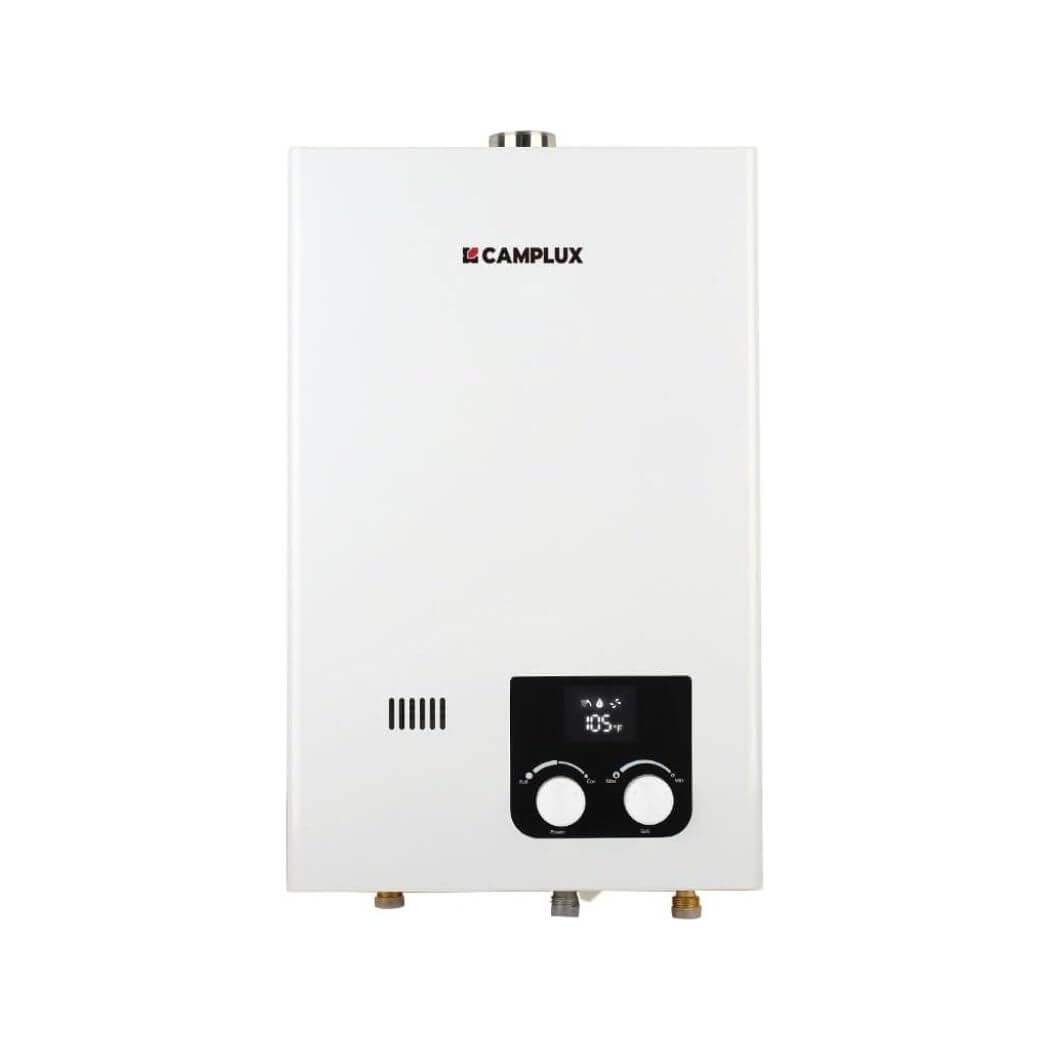


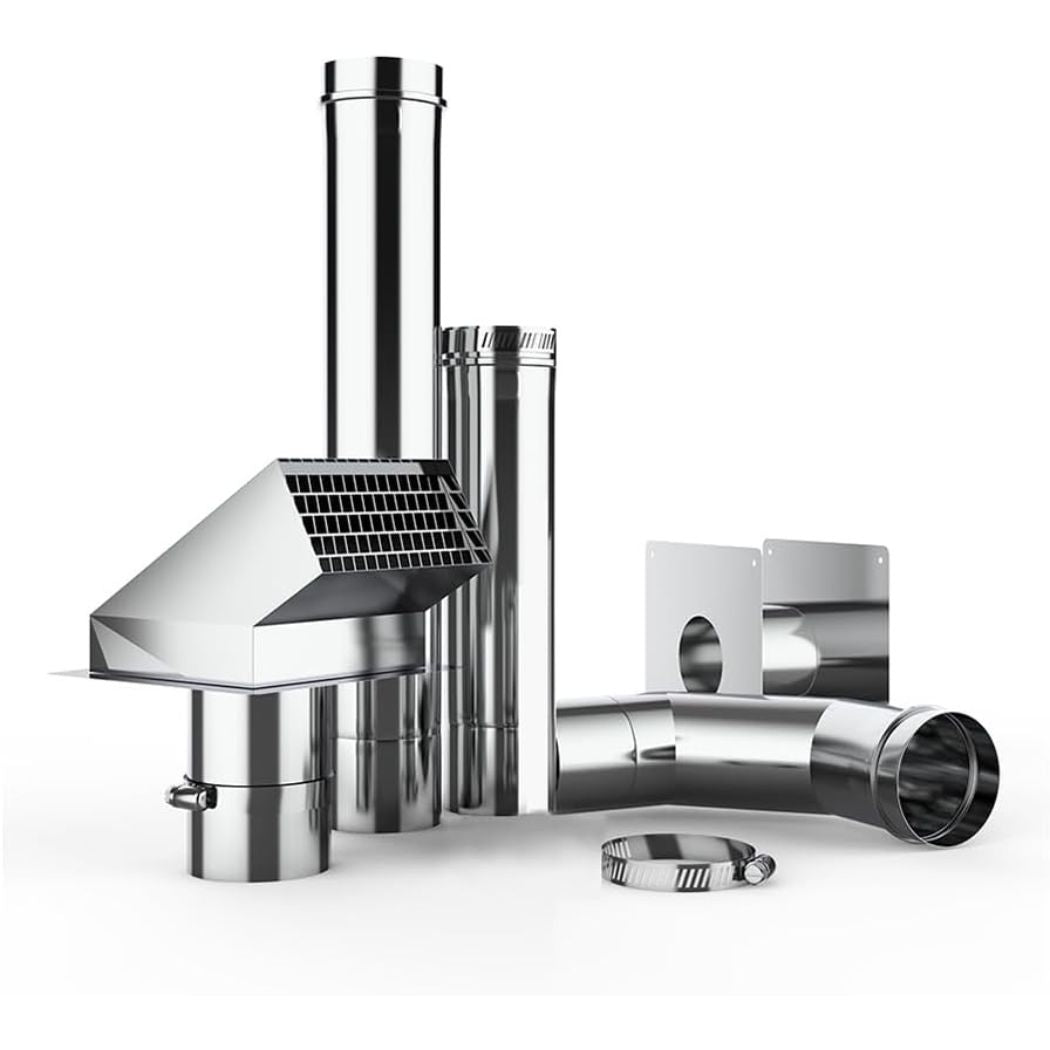
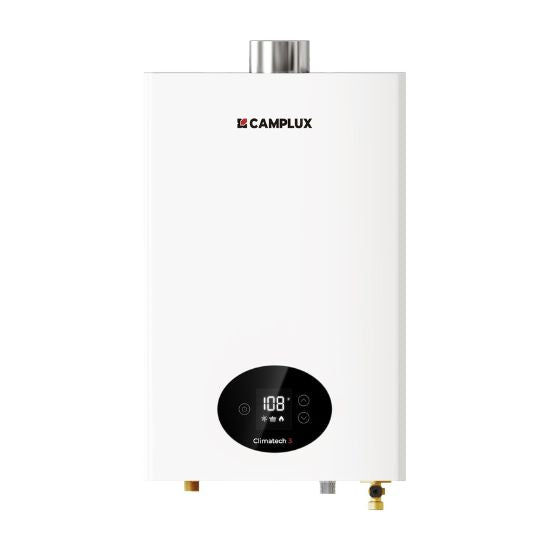

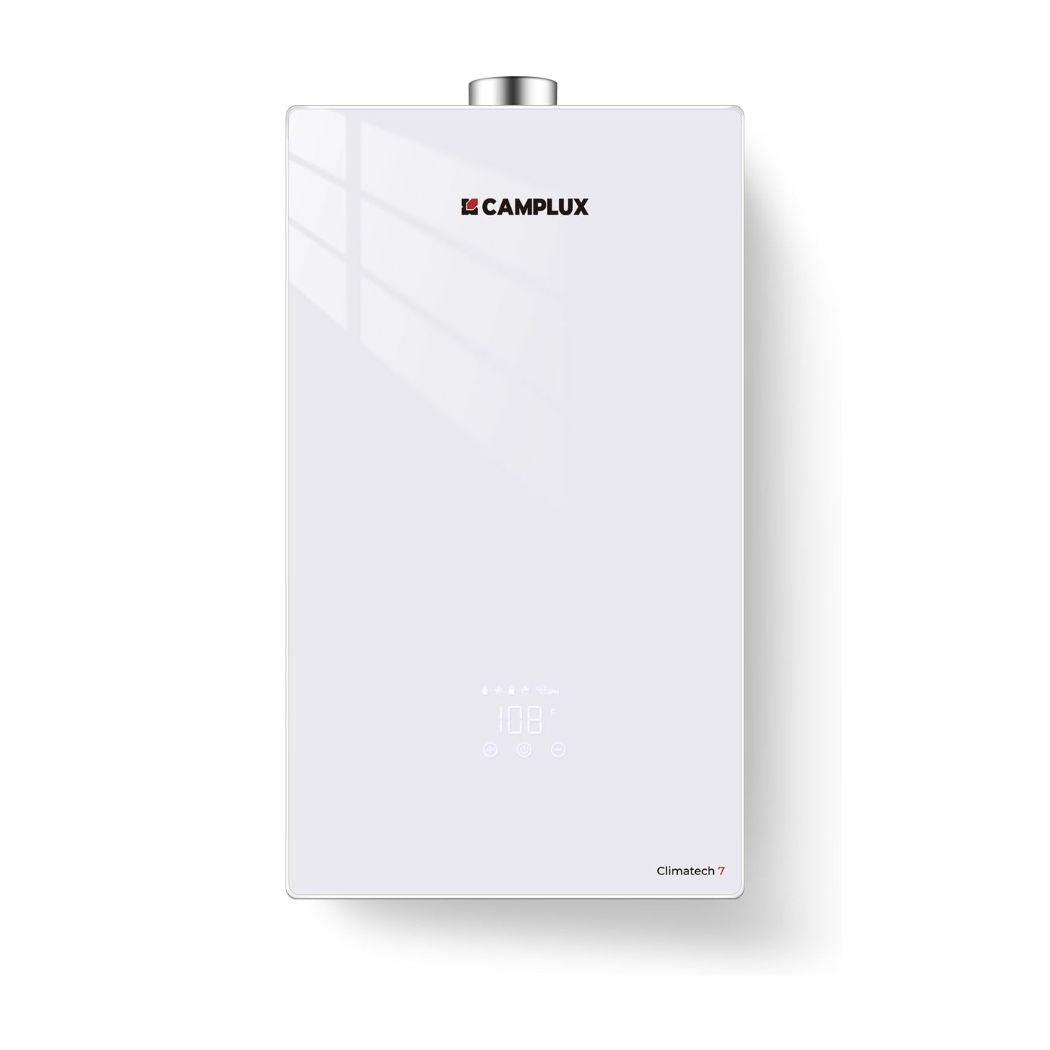

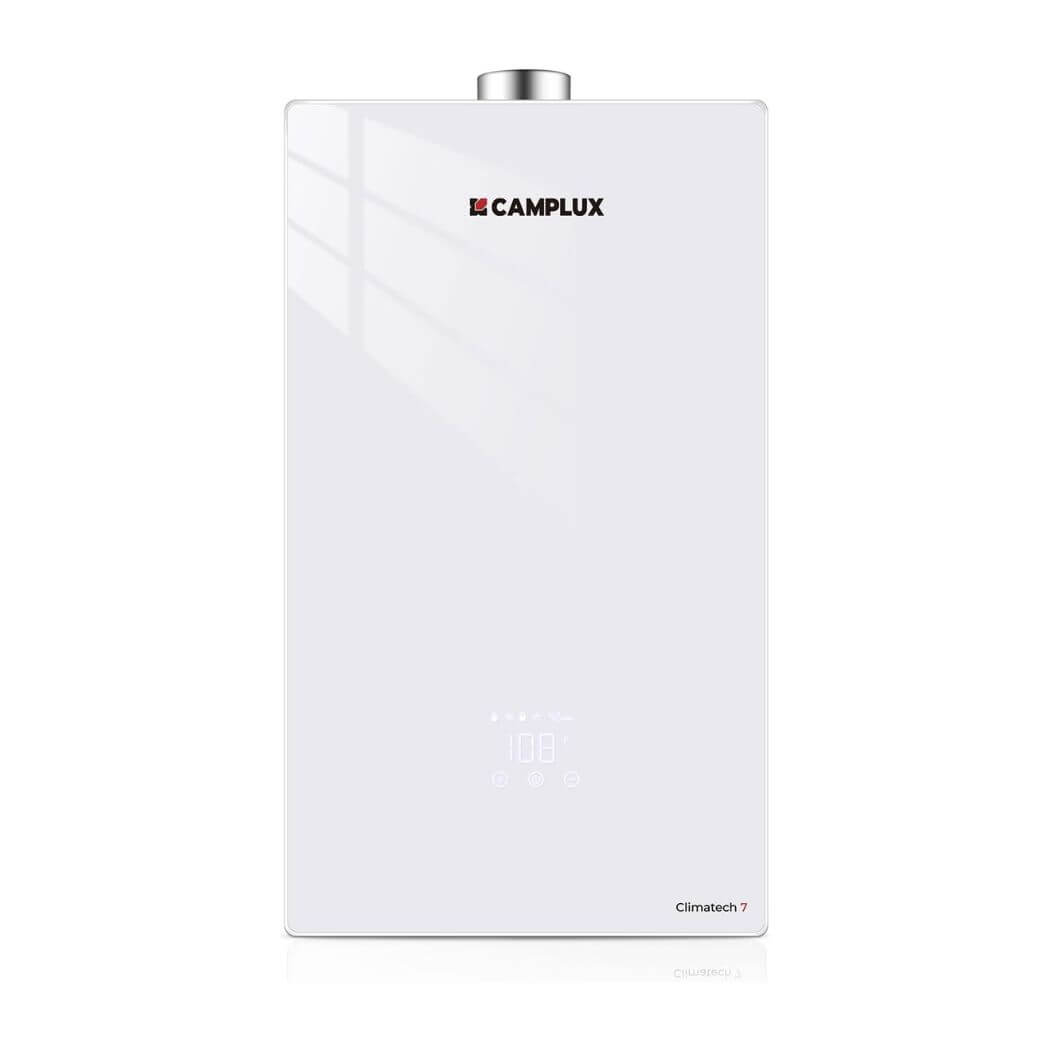
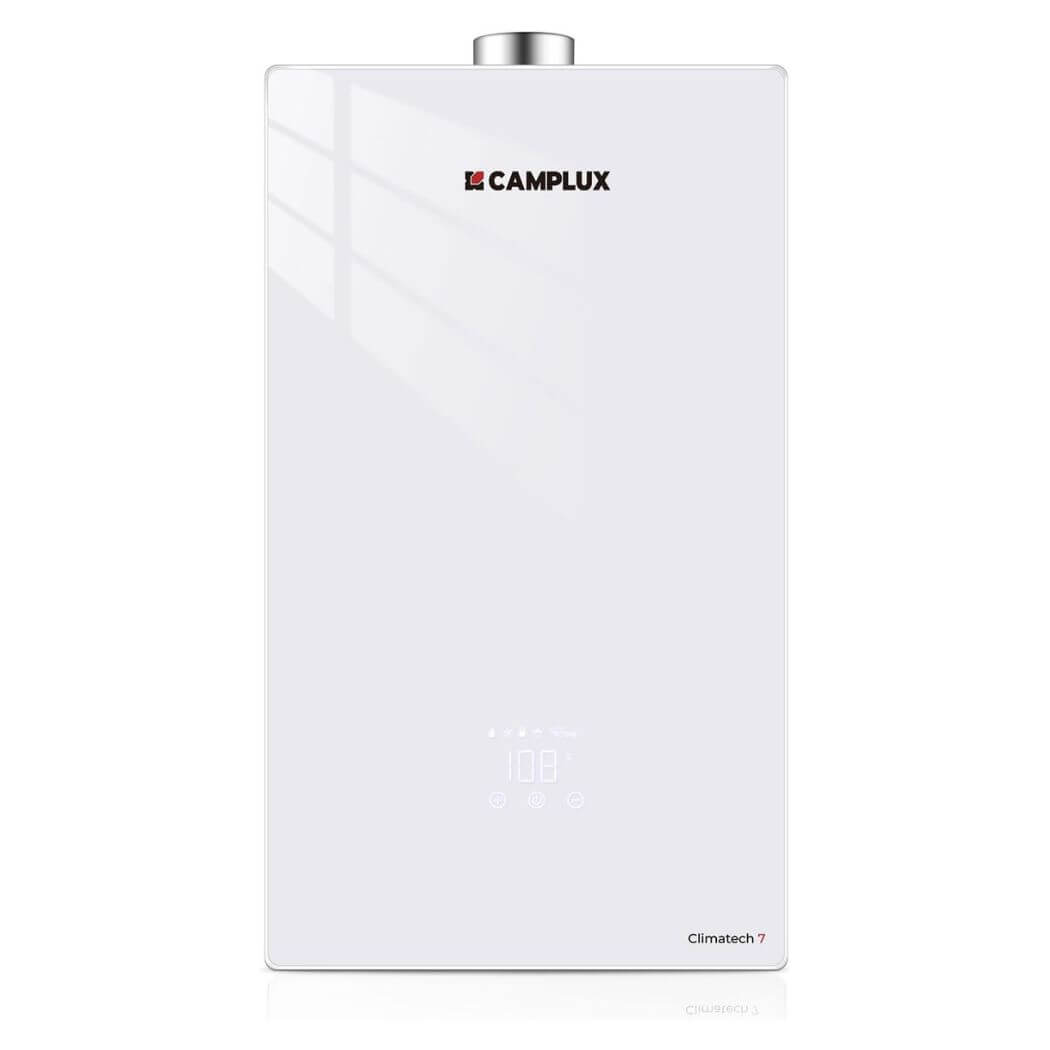
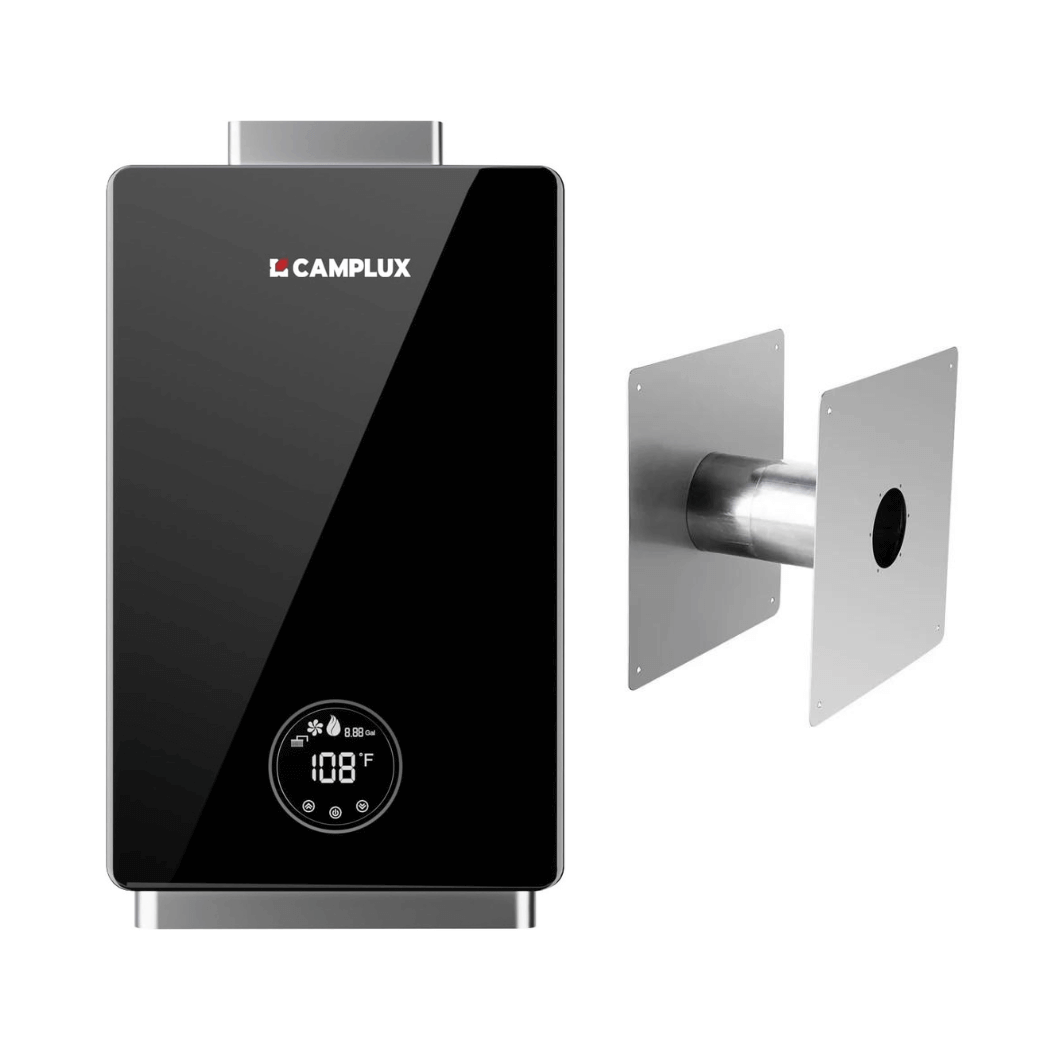
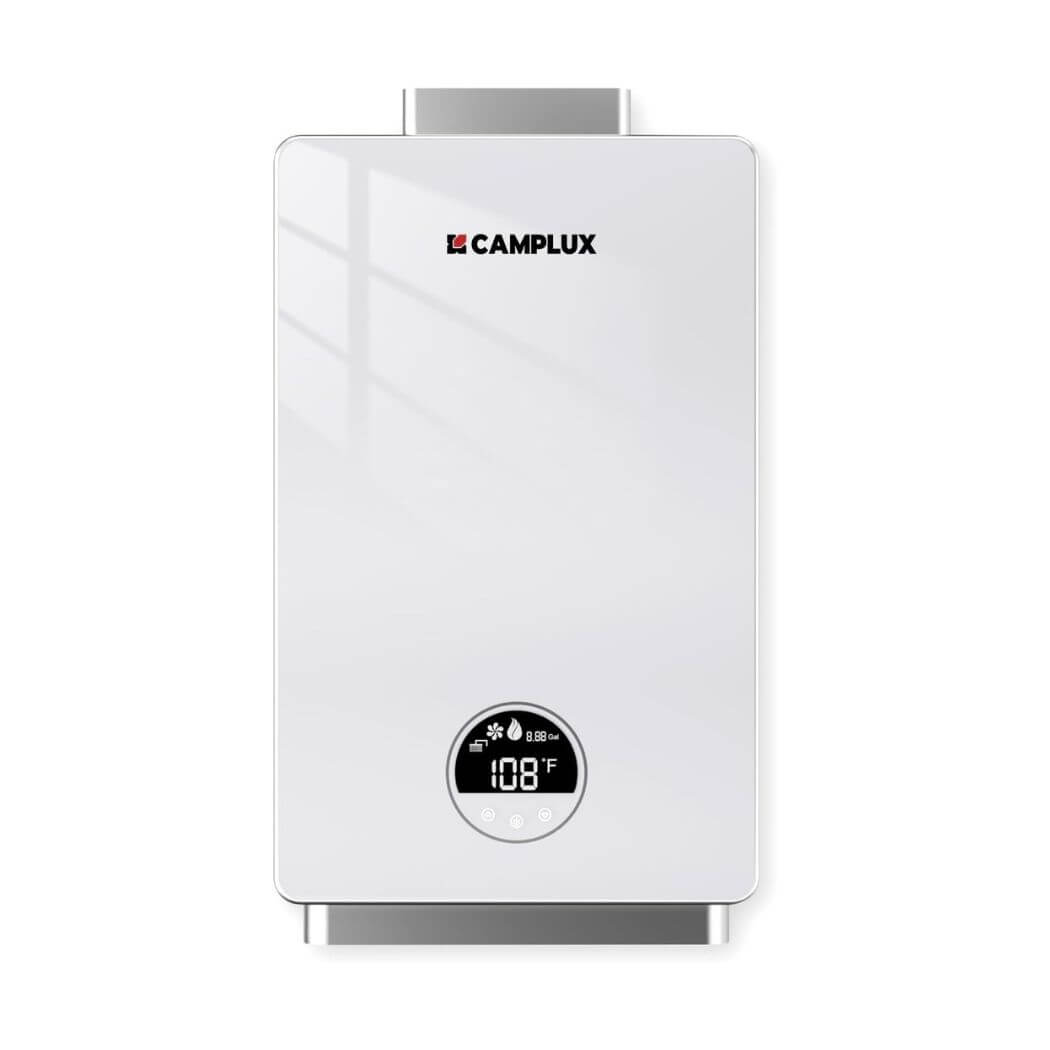
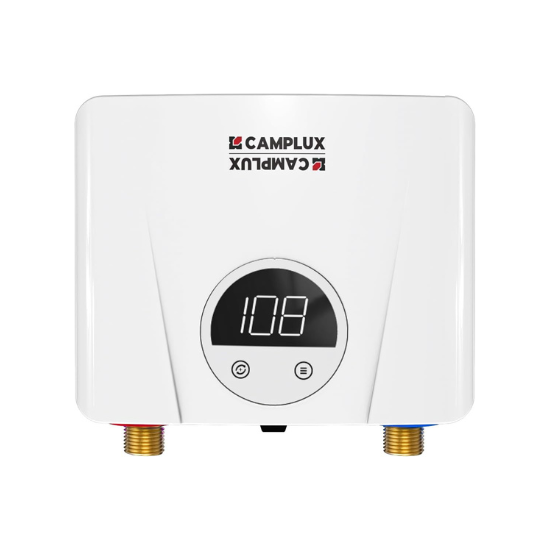

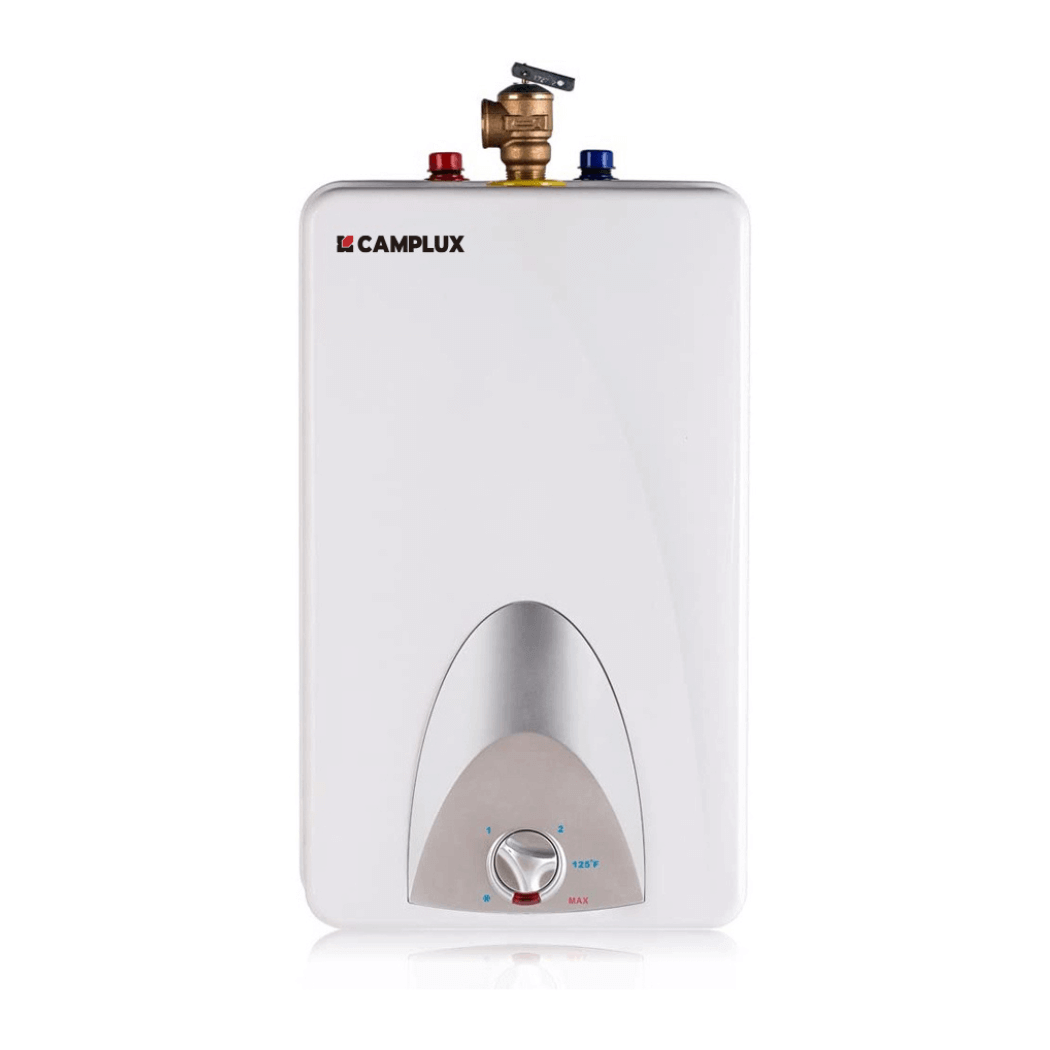

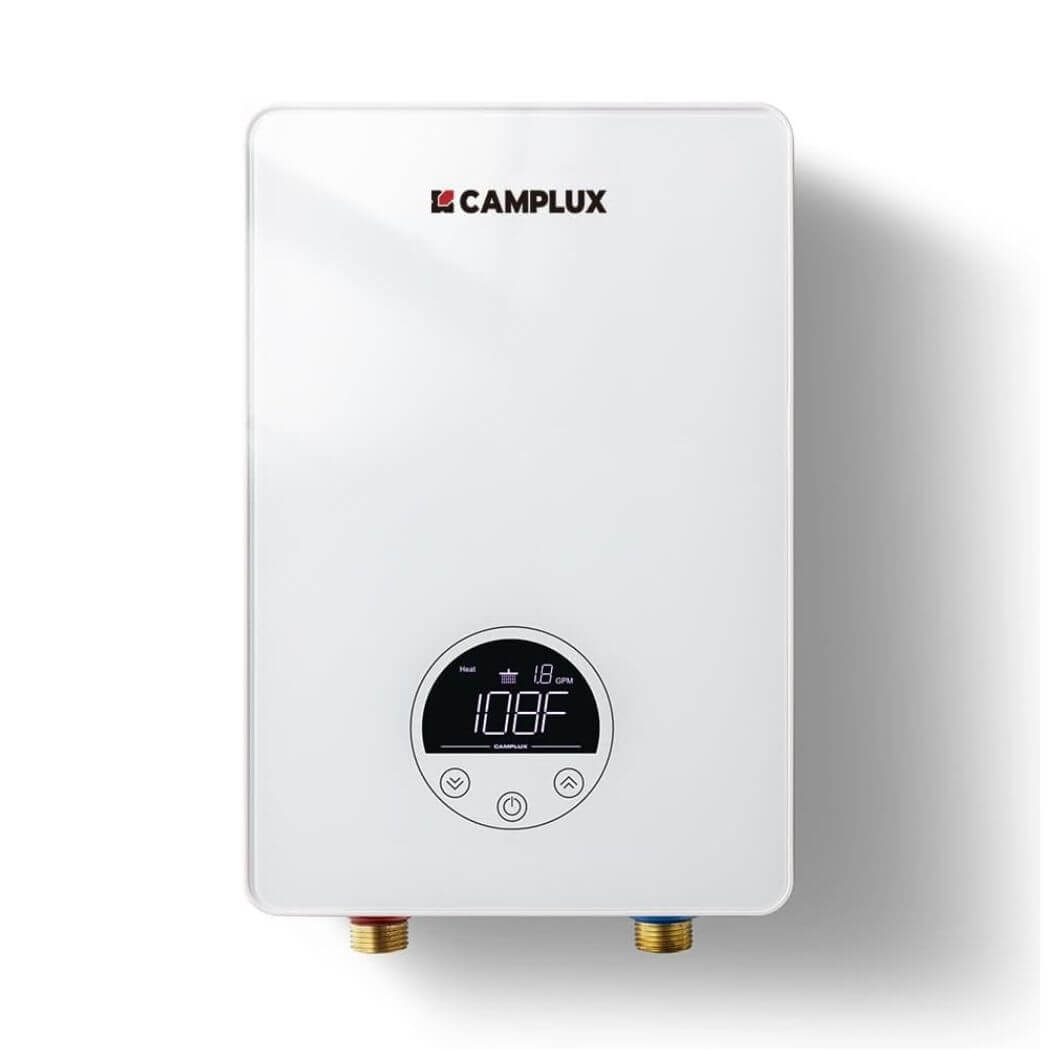
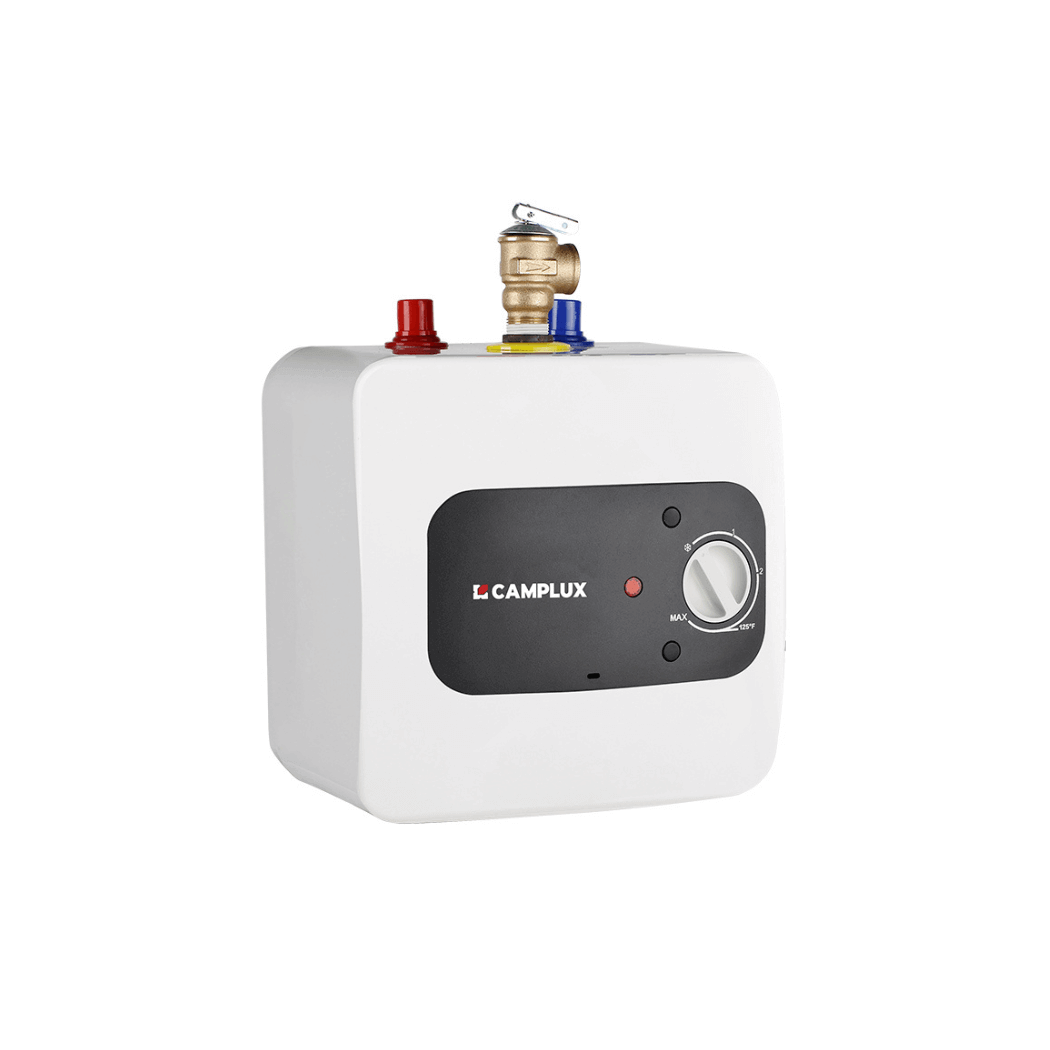
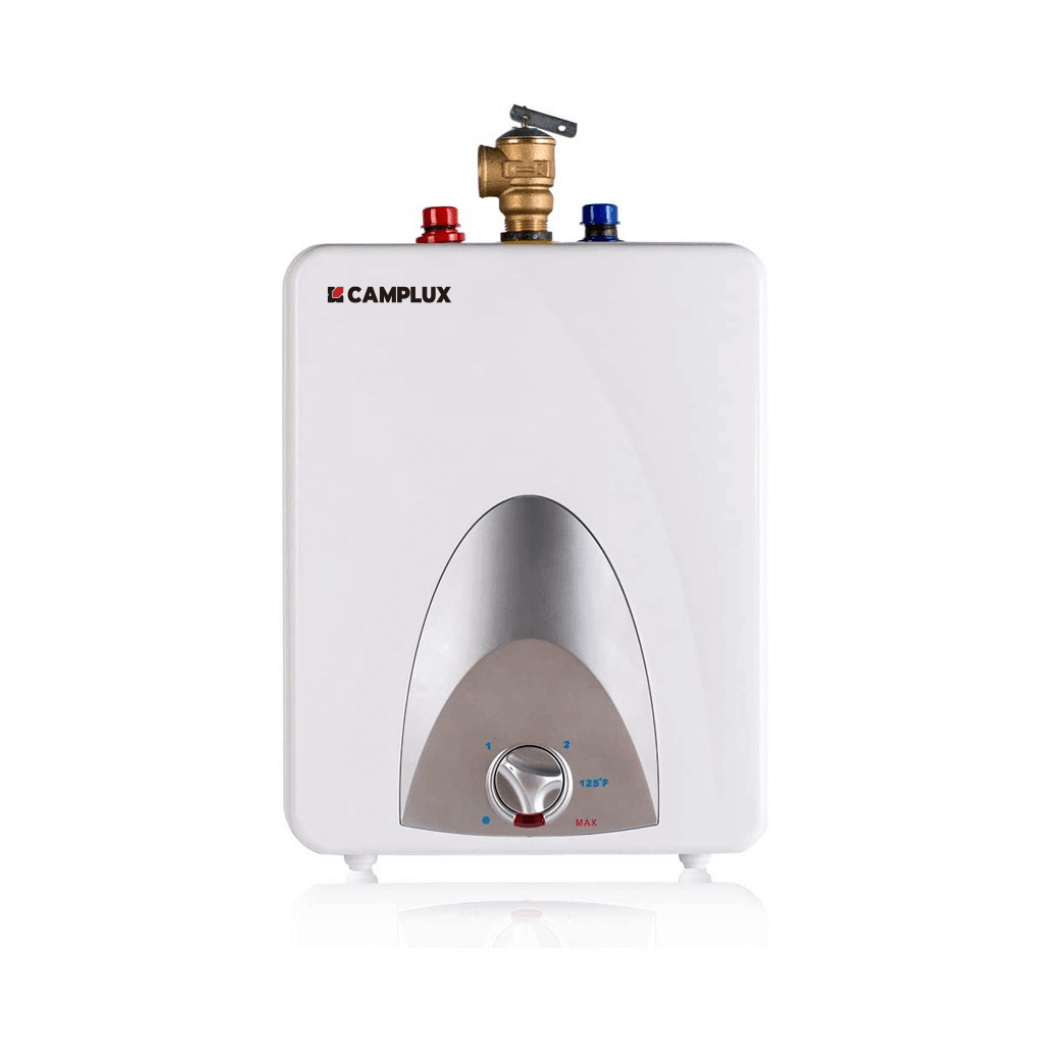
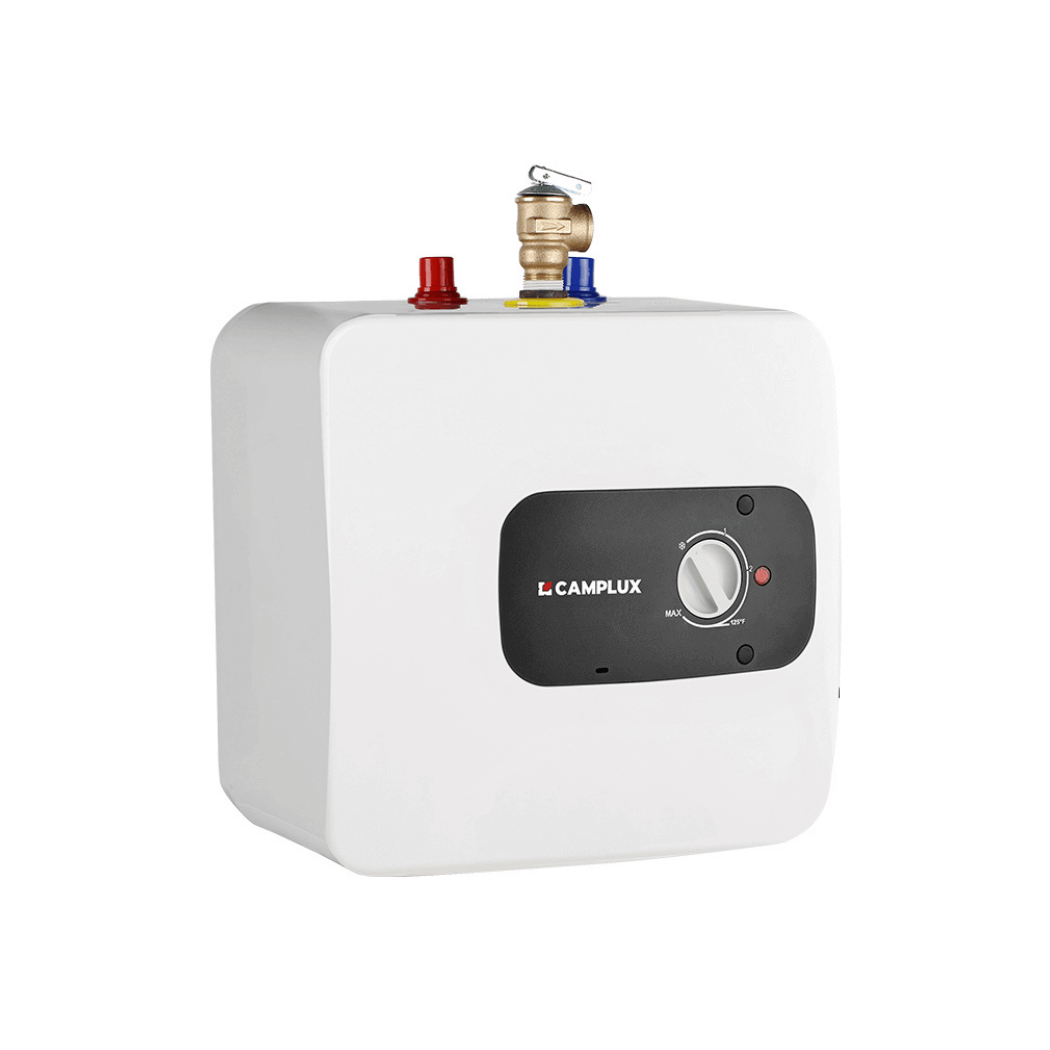
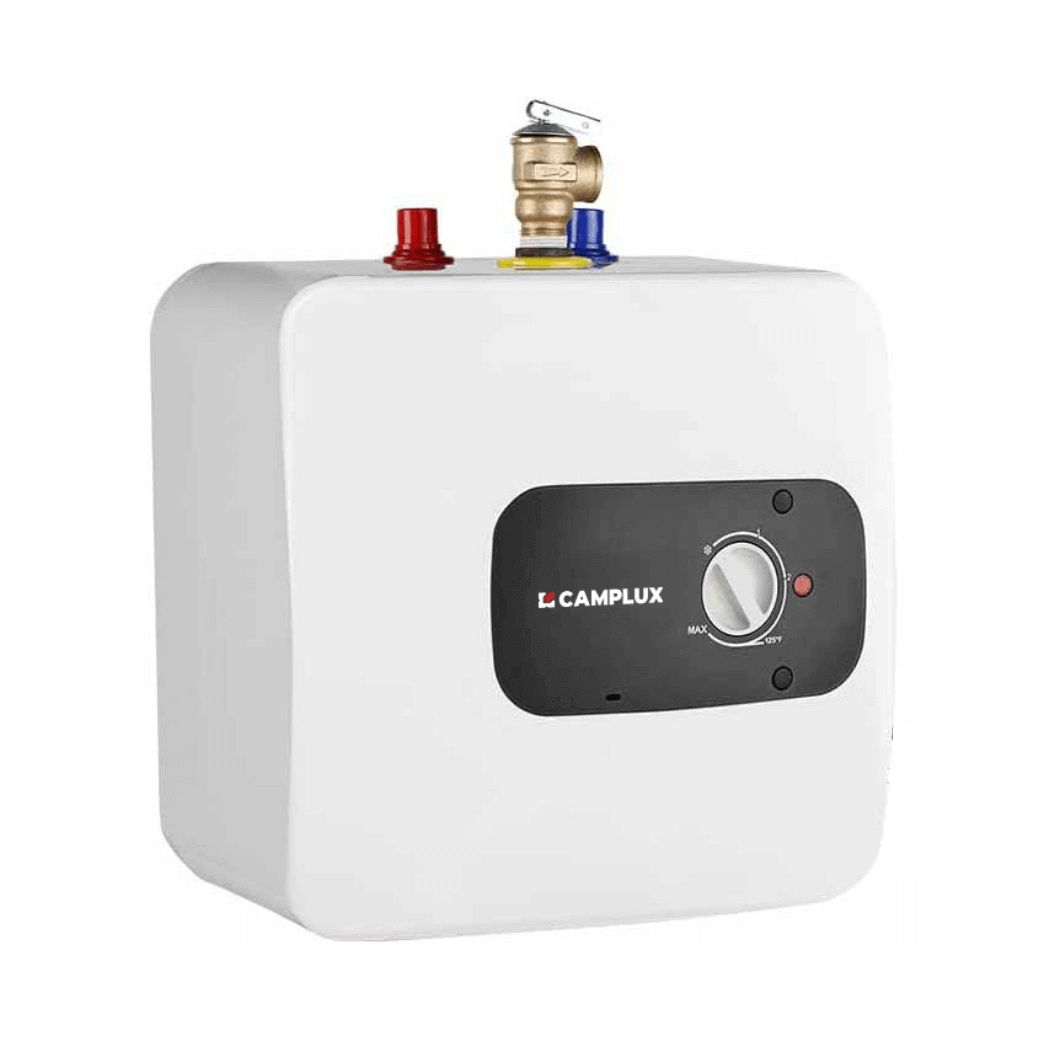
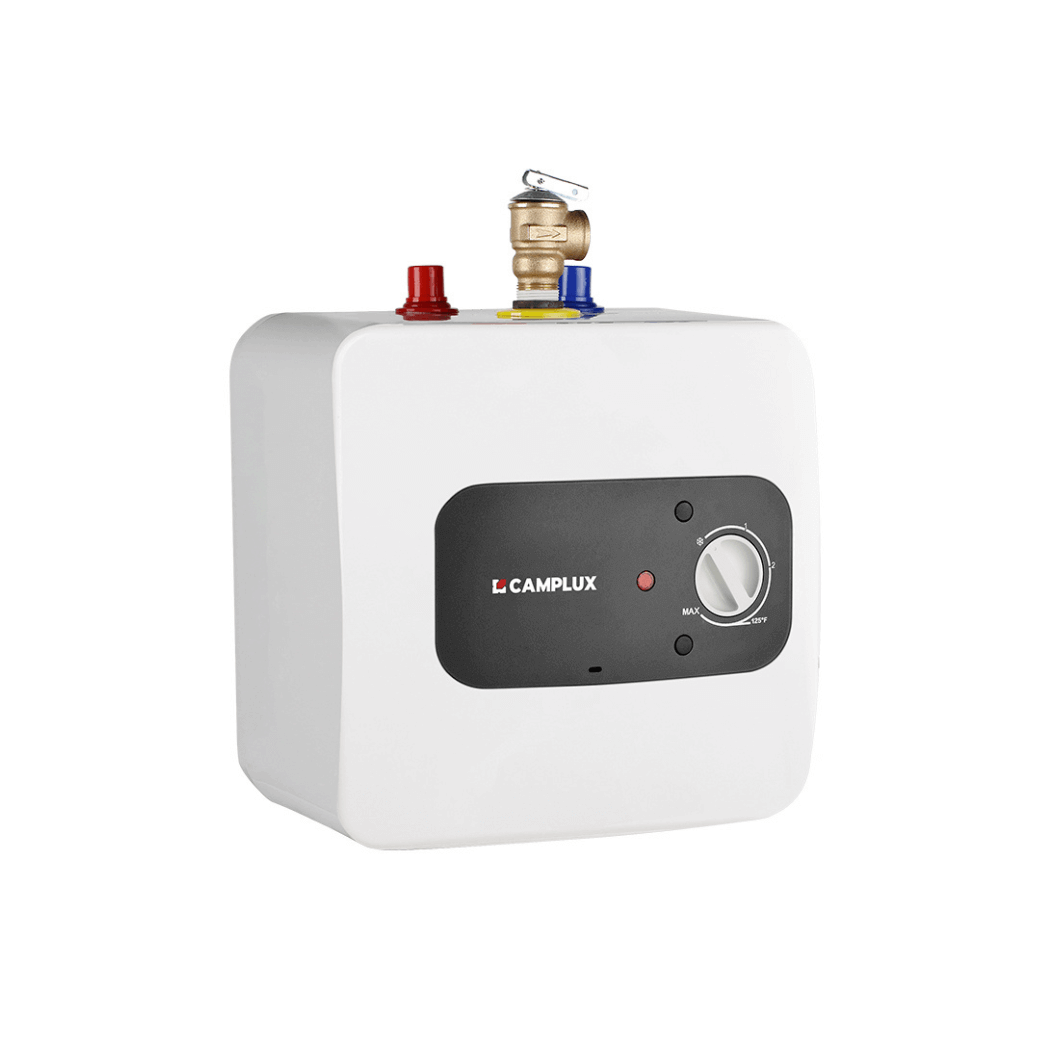
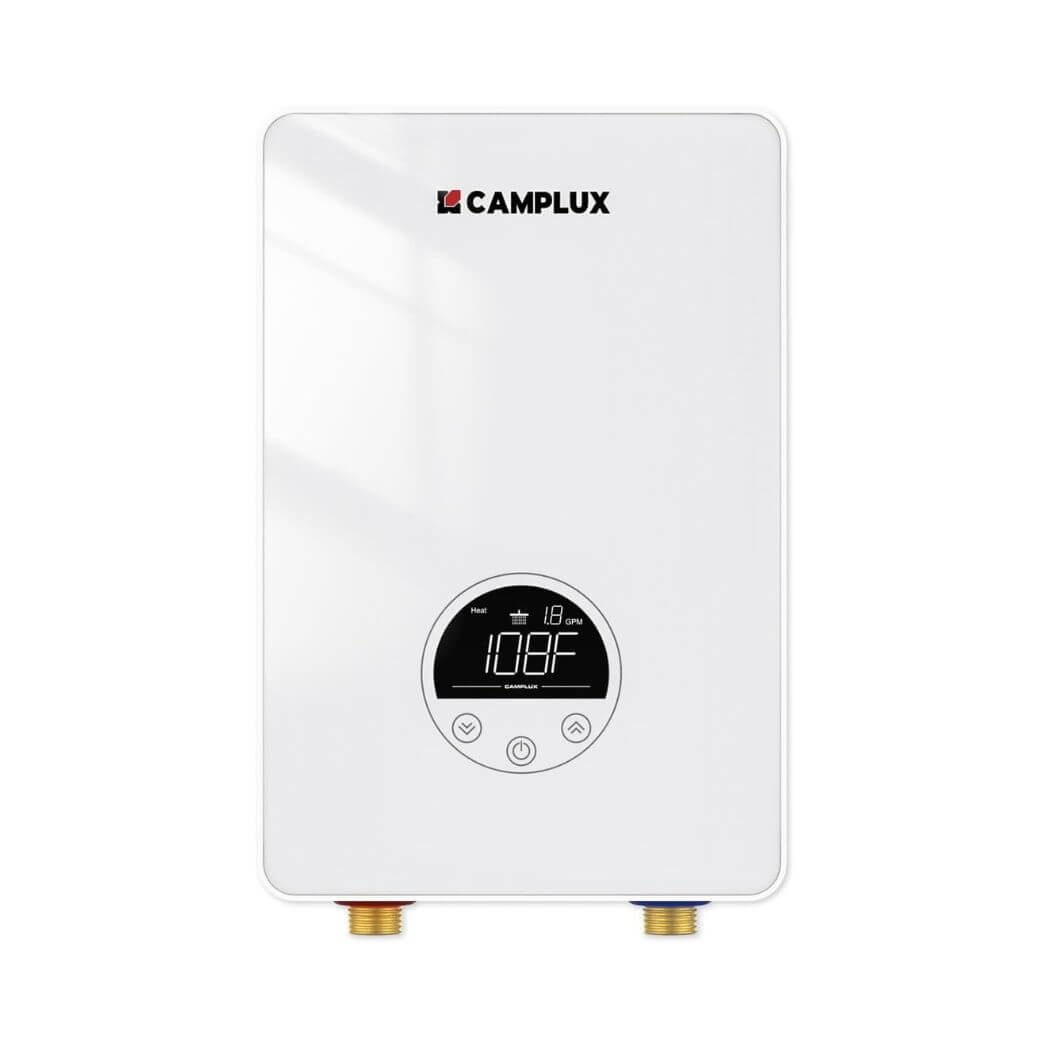
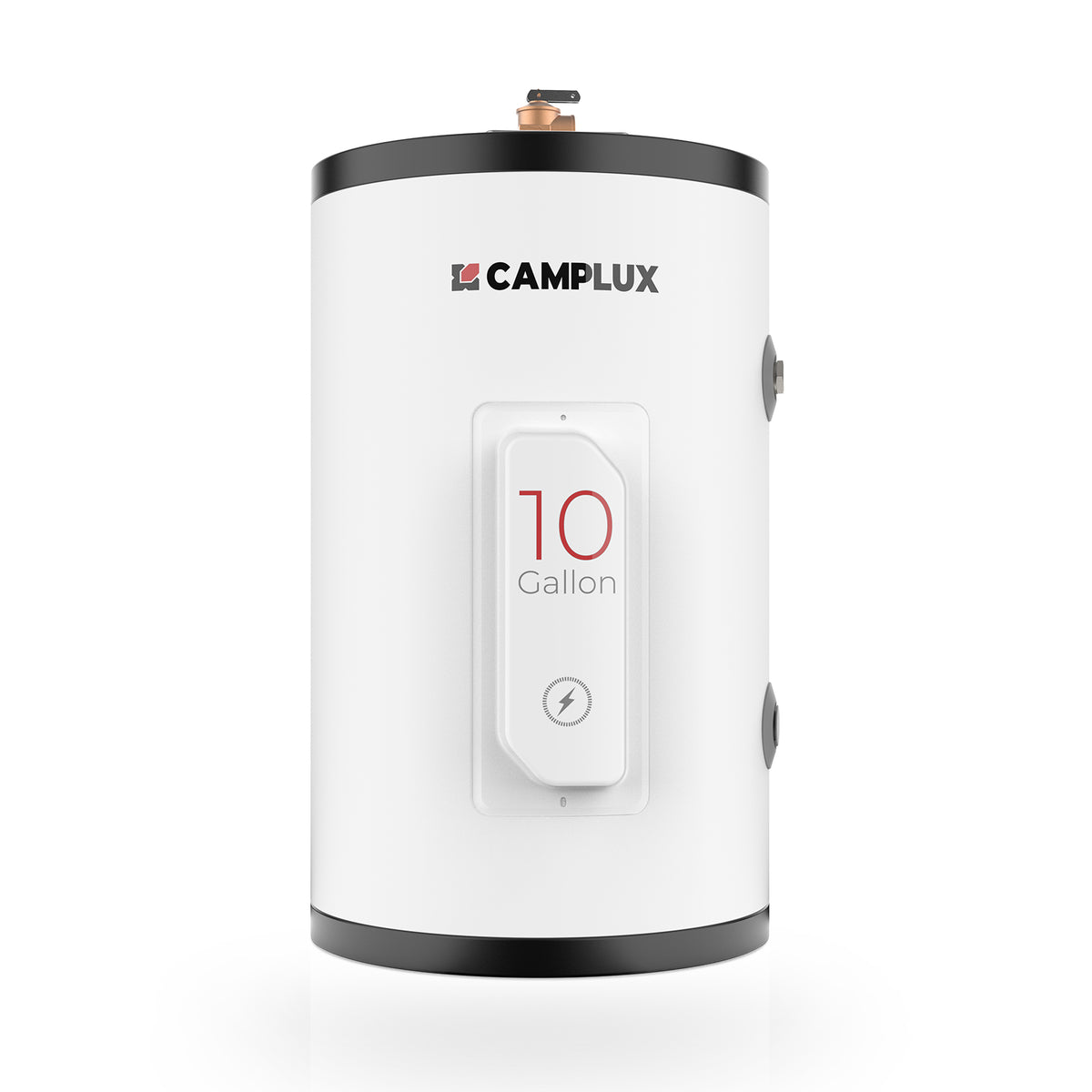
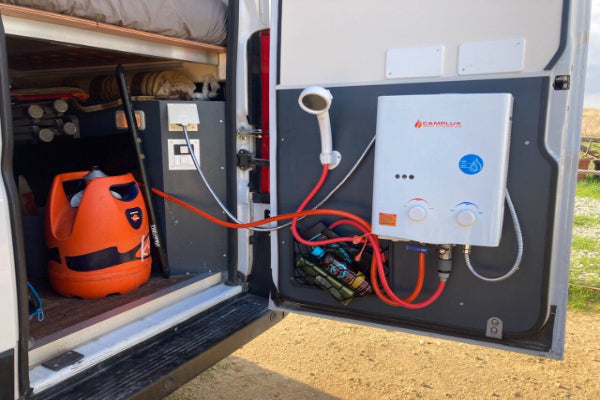

1 comment
Richard Schmitt
Do you have the names of professionals that descale units?
I live in Ocala Florida.
Thanks
Do you have the names of professionals that descale units?
I live in Ocala Florida.
Thanks